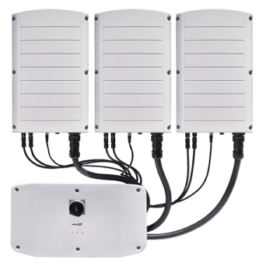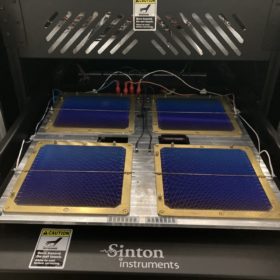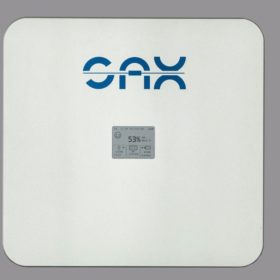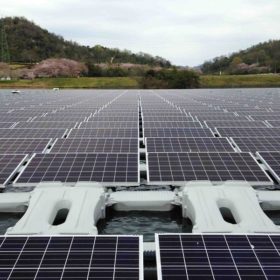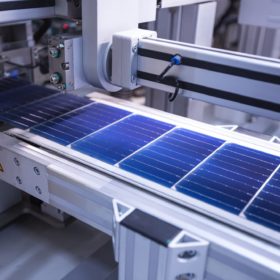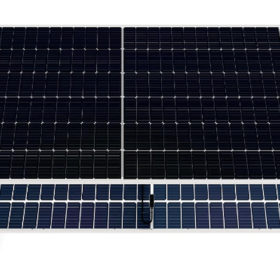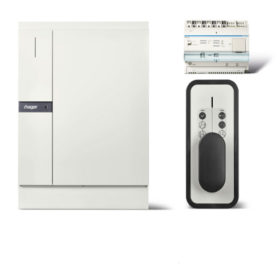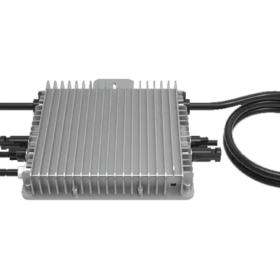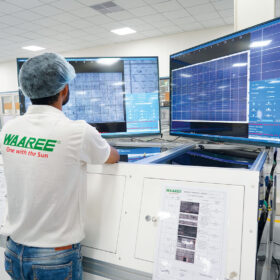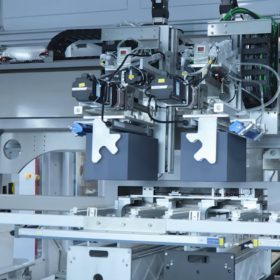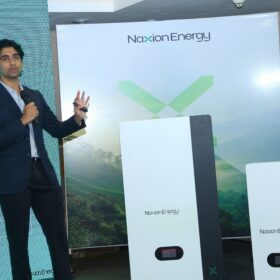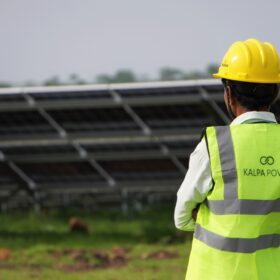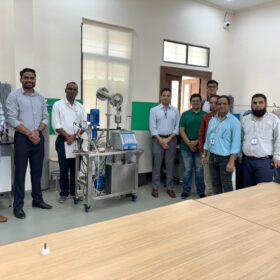Israel’s SolarEdge launches expanded line of commercial inverters
SolarEdge’s new three-phase inverters are available in variants up to 120 kW, with integrated monitoring and a modular design.
New tech may bring heterojunction solar cells based on p-type wafers closer to mass production
An Australian-Russian research group has developed a silicon heterojunction solar cell based on p-type gallium-doped wafers with an efficiency of 22.6% and an improved stability. The scientists are convinced that these wafers may become a mainstream solution for the SHJ segment within the next decade.
The long read: Charging EVs with solar
Gautham Ram completed an electrical engineering degree in his home city of Chennai, India, and won a scholarship to complete a master’s at TU Delft in the Netherlands. He subsequently completed a PhD on the topic of charging EVs with solar. Speaking with pv magazine, Ram gave insights on his life, ongoing research, and his thoughts on EVs and charging.
German start-up offers 5.2 kWh AC battery that works without inverter
Sax Power has developed a new residential battery which it describes as a game-changer in the battery technology.
‘Polysilicon shortage will continue through 2021’
The latest global PV industry outlook published by trade group SolarPower Europe, has indicated tight supply of the solar panel raw material is expected to persist this year but the trade body said it would be unlikely to drive further price rises.
Sunseap announces 2.2 GW floating PV project at Indonesian water reservoir
If built, the project would be the world’s largest floating PV power plant and would reach the same capacity as the largest ground-mounted facility currently in operation.
Longi claims 25.19% efficiency for p-type TOPCon solar cell
Longi’s 25.19% efficiency rating for its new p-type TOPCon solar cells, confirmed by the Institute for Solar Energy Research in Hamelin, is reportedly a world record.
Solar module for floating PV from Hyundai
The bifacial panel has a power output of up to 485 W and an efficiency of up to 21%. It relies on a transparent backsheet and is encapsulated with polyolefin elastomer (POE).
New residential lithium-ion battery from Germany
The battery system, which is aimed at increased self-consumption, can handle a maximum DC input power of 18 kW and 1000 V.
Micro-inverter for balcony solar modules
Two different devices designed by German manufacturer Bosswerk can feed up to 300 or 600 watts into the home network. The company offers a 12-year guarantee.
